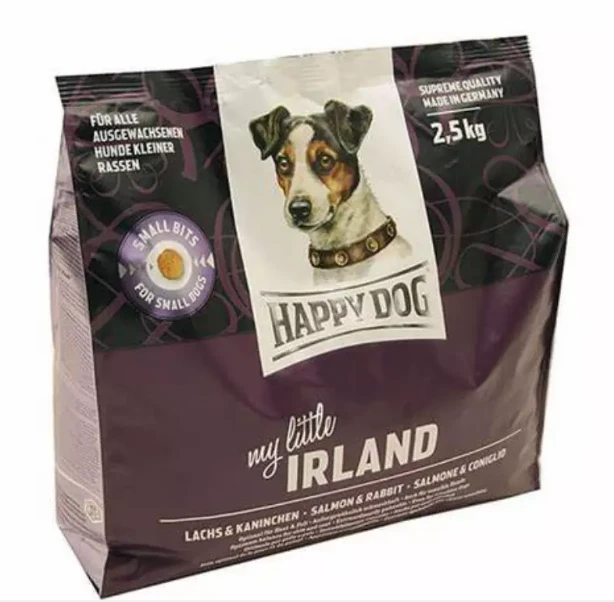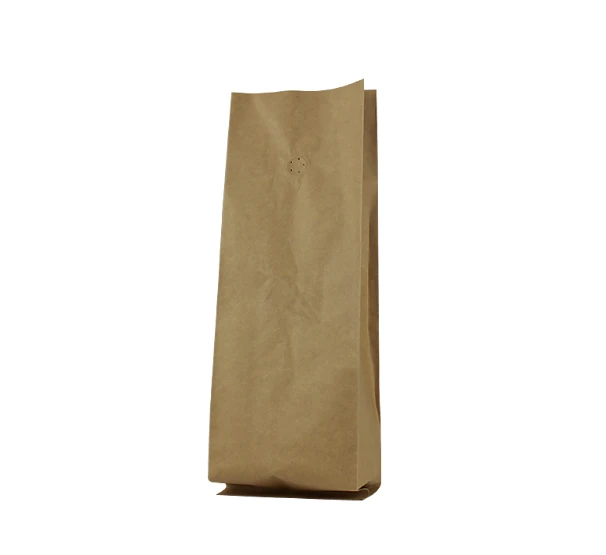- Afrikaans
- Albanian
- Amharic
- Arabic
- Armenian
- Azerbaijani
- Basque
- Belarusian
- Bengali
- Bosnian
- Bulgarian
- Catalan
- Cebuano
- chinese_simplified
- chinese_traditional
- Corsican
- Croatian
- Czech
- Danish
- Dutch
- English
- Esperanto
- Estonian
- Finnish
- French
- Frisian
- Galician
- Georgian
- German
- Greek
- Gujarati
- haitian_creole
- hausa
- hawaiian
- Hebrew
- Hindi
- Miao
- Hungarian
- Icelandic
- igbo
- Indonesian
- irish
- Italian
- Japanese
- Javanese
- Kannada
- kazakh
- Khmer
- Rwandese
- Korean
- Kurdish
- Kyrgyz
- Lao
- Latin
- Latvian
- Lithuanian
- Luxembourgish
- Macedonian
- Malgashi
- Malay
- Malayalam
- Maltese
- Maori
- Marathi
- Mongolian
- Myanmar
- Nepali
- Norwegian
- Norwegian
- Occitan
- Pashto
- Persian
- Polish
- Portuguese
- Punjabi
- Romanian
- Russian
- Samoan
- scottish-gaelic
- Serbian
- Sesotho
- Shona
- Sindhi
- Sinhala
- Slovak
- Slovenian
- Somali
- Spanish
- Sundanese
- Swahili
- Swedish
- Tagalog
- Tajik
- Tamil
- Tatar
- Telugu
- Thai
- Turkish
- Turkmen
- Ukrainian
- Urdu
- Uighur
- Uzbek
- Vietnamese
- Welsh
- Bantu
- Yiddish
- Yoruba
- Zulu
eco-packaging
The Rise of Eco-Packaging A Sustainable Solution for the Future
In the face of escalating environmental challenges, the need for sustainable practices is more pressing than ever. One critical area where these practices can make a significant impact is packaging. Traditional packaging, often made from non-biodegradable materials like plastic, has contributed to a global crisis of waste and pollution. Eco-packaging emerges as a beacon of hope, promoting a shift towards more sustainable, environmentally-friendly alternatives that can mitigate these issues. This movement is not just a trend; it represents a fundamental change in how industries approach product packaging.
Eco-packaging encompasses a wide range of materials and methods that prioritize sustainability. One of the most prominent materials used in eco-packaging is biodegradable plastics, which break down more easily than conventional plastics. Made from natural sources such as cornstarch or sugarcane, these biodegradable options aim to reduce the burden of plastic waste in landfills and oceans. Unlike traditional plastics that can take hundreds of years to decompose, biodegradable plastics can break down within a year under the right conditions, significantly reducing their impact on the environment.
Another innovative approach within the realm of eco-packaging is the use of recycled materials. Recycled paper, cardboard, and plastics are increasingly being utilized to create packaging that requires fewer natural resources and results in less waste. By reusing materials, companies not only reduce their ecological footprint but also promote a circular economy where materials are kept in use for as long as possible. This approach is pivotal in reducing the consumption of virgin materials, which often involve environmentally damaging extraction processes.
In addition to the materials used, the design of eco-packaging plays a crucial role in its sustainability
. Minimalist designs that use less material can significantly reduce waste and enhance the product's appeal to environmentally-conscious consumers. Brands are now focusing on creating packaging that is not only functional but also aesthetically pleasing and easy to recycle. The concept of right-sizing packaging, which involves creating custom packaging that fits the product snugly, minimizes excess material and reduces transportation emissions.eco-packaging

Moreover, the push for eco-packaging is being driven by consumer demand. Today's consumers are increasingly aware of their environmental impact and prefer brands that demonstrate a commitment to sustainability. Studies show that a significant majority of consumers are willing to pay more for products packaged in eco-friendly materials. This shift in consumer behavior compels companies to adapt and innovate in their packaging strategies, fostering a competitive advantage in the marketplace. Brands like Coca-Cola and Unilever have made commitments to sustainability by pledging to use recyclable materials and reduce their plastic footprints, reflecting the changing landscape of consumer expectations.
However, the transition to eco-packaging is not without challenges. One major hurdle is the higher cost of sustainable materials compared to traditional options. Many businesses, especially small and medium-sized enterprises, struggle to justify these costs, particularly in a competitive market where price sensitivity is high. To overcome this, collaborative efforts between governments, NGOs, and businesses are essential. Financial incentives, subsidies, and support for research and development can empower companies to explore sustainable packaging options without financial strain.
Another challenge is the lack of standardization in labeling and recycling practices. Consumers often find it difficult to discern what is truly eco-friendly due to varying definitions of sustainability across regions and brands. Establishing clear guidelines and certifications can help build consumer trust and encourage more companies to adopt eco-friendly practices.
In conclusion, eco-packaging represents a promising pathway towards a more sustainable future. By incorporating biodegradable materials, recycled content, and minimalist design, businesses can significantly reduce their environmental impacts while satisfying the growing consumer demand for sustainability. Although challenges remain, the collaborative efforts of industries, governments, and consumers can help pave the way for a more responsible and eco-conscious approach to packaging. The growth of eco-packaging is not just beneficial for the planet; it also serves as a testament to the potential for innovation and responsibility in addressing one of the most pressing issues of our time. As we move forward, embracing eco-packaging may be one of the most effective strategies we have in the fight against waste and pollution, shaping a cleaner, greener future for generations to come.













